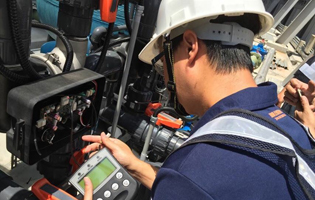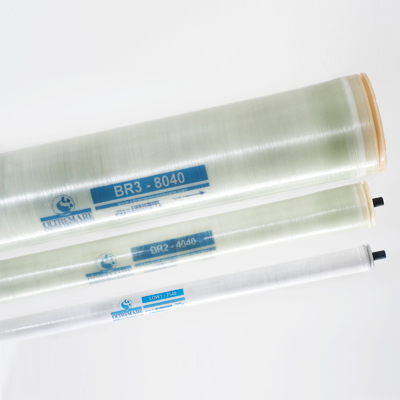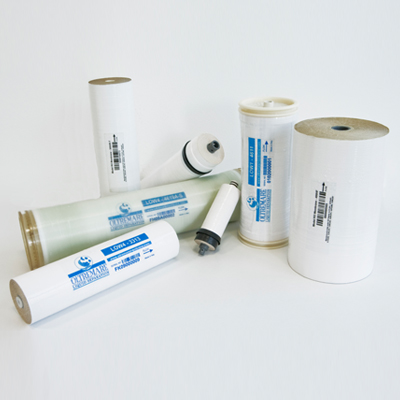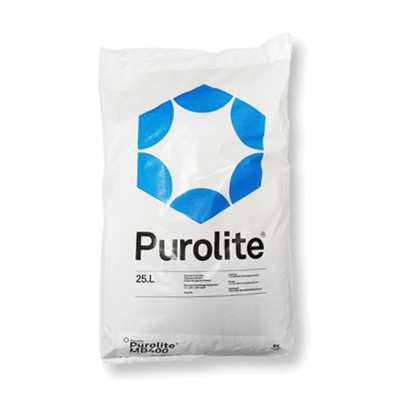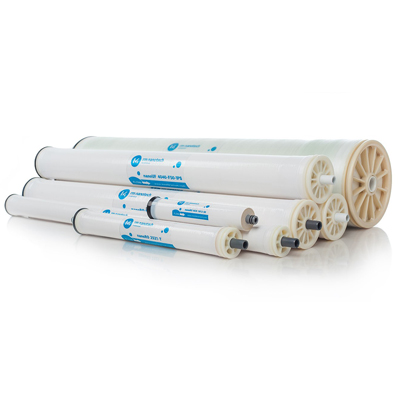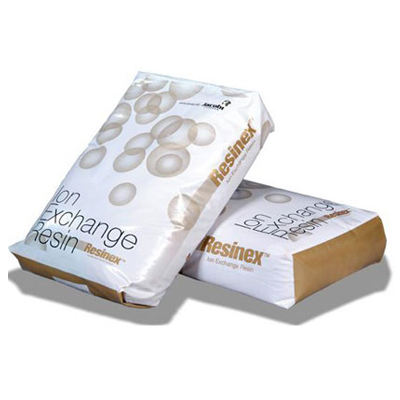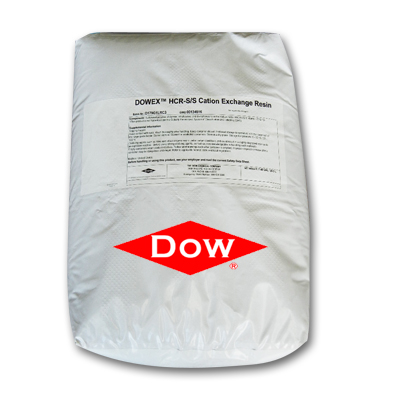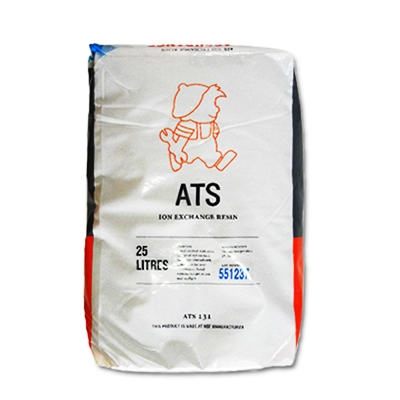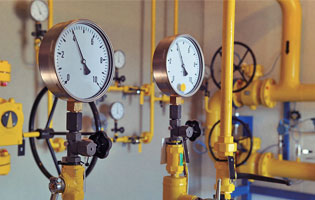PRODUCT INFORMATION
Chemical Terminology Education VI
- front page
- product
- Injection treatment technology
- Technology Development Department
- Chemical Terminology Education VI
Product Information
- heat treatment
-
water treatment
- Arsenic remover
- Desulfurizer
- Deaerator
- Water softener (calcium and magnesium ion removal)
- Carbon filter (removes odor and residual chlorine)
- Sand filter (removal of suspended impurities)
- Iron remover (removal of iron and manganese ions)
- RO water purifier
- Pre-backwash filter
- UV ultraviolet sterilizer
- Ion exchange resin
- reverse osmosis membrane tube
- quick filter
- Various tanks for water treatment
- Various application filter media
- 美國 Clack Clark control valve
- 美國 Fleck Control Valve
- 美國 Pentair Control Valve
- 美國 Autotrol Control Valve
- Runxin Control Valve
- Injection treatment
- Technology Development Department
-
brand
- Demo brand
- US DOW
- IDEX USA
- US CLACK
- EMERSON, USA
- American PENTAIR
- SIEMENS Germany
- American PULSAFEEDER
- Denmark DANFOSS
- Thailand HAYCARB
- France SUNTEC
- UK PUROLITE
- Japanese NOP
- Japan OLYMPIA
- Japan KATSURA
- BRAHMA, Italy
- SAGINOMIYA
- HONEYWELL
- AZBIL (YAMATAKE)
- OLTREMARE
- NIPCON
- TROCHOID
- domestic
- EGO
- KATO
- LECIP
- ATS
- JACOBI
- ETATRON
- WAVE CYBER
- BOSCHINI
- NIPPON
- WL
- CASH ACME
- YAZAKI
- RUNXIN
- About | Contact
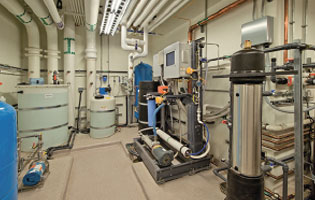
Chemical Terminology Education VI
Technical explanation
| Hydrogen Sulfide: | A more toxic gas than hydrogen cyanide. It has an objectionable rotten egg smell and is produced by the action of microorganisms (organisms that survive under hypoxic conditions). It will be present in some groundwater. Its odor can be felt at mg/l concentration in water. |
| Hydrolyzability: | A chemical reaction that describes the chemical process of being broken down by water, which is usually accelerated by the addition of acid or potassium. |
| ion: | is a charged particulate matter. Physically, in any one substance, the number of its positive ions (cations, such as sodium) is equal to the number of its negative ions (anions, such as chloride). |
| Ion exchange: | Ion exchange is based on the principle of electroneutrality, that is, charged substances can only be stabilized when an internal balance of positive and negative charges exists. An ion exchange resin is, when used to perform an electron exchange process, a particle that contains a fixed charge on its surface. In order to maintain the property of electrical neutrality, the potential of each charge holds equal and opposite charges, and these ions are called counter ions. These ions of equal and opposite charge are mobile, so if other charge ions come in for replacement, they can retain their balanced charge. In order to remain electrically neutral, the replaced electron must have the same charge as the original opposite electron irrelevant. This ion is established by washing the resin with a concentrated solution of charged ions. For example, softening resins are cation exchangers that contain carbohydrates on their surfaces. If these resins are washed with a strong NaCl solution, the main cationic solution is Na+, which will become negative ions. In use, the osmotic water will provide competing negative ions such as Ca2+. Due to the preference of Ca2+ for Ca2+ in dilute solutions, water will deplete Ca2+ in exchange for Na= originally present. |
| Ionic Strength: | The properties of certain dissolved solids, such as the solubility of calcium sulfate and calcium carbonate, are affected by their ionic strength. |
| Langley Saturation Index (LSI): | Precipitation of calcium carbonate and magnesium in water purification systems is a serious cause of system failure. There are many reasons for the insolubility of these compounds: a complex function of water pH, dissolved carbon dioxide content, carbonate content, the presence of other salts in the water, and temperature. The Langley Saturation Index (LSI) is a method of predicting whether or not Carbonate Deposits will form under certain conditions. The calculation of the Langley Saturation Index (LSI) is complex and is not usually used by hemodialysis personnel. Reverse osmosis suppliers can use this index to ensure maximum recovery and inhibition from reverse osmosis systems, avoiding severe degradation of water quality and recovery from carbonate deposits. Note: It should be noted that the role of this calculation by the reverse osmosis supplier is limited to the case where softening equipment is not designed as a reverse osmosis pretreatment technique. |
| Greensand Technology: | Used to remove iron and manganese from water. Greensand is a natural mineral (Manganese Zeolite) with cation exchange properties. The Greensand filter bed first needs to be treated with manganese chloride to convert it to the manganese form and then primed with potassium permanganate (subsequently regenerated in repeated loops). In use, water-soluble iron and manganese precipitate on the Greensand particles in the water, and these solids are flushed from the bed at the end of each filtration cycle. |


